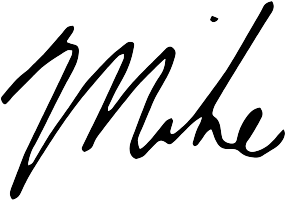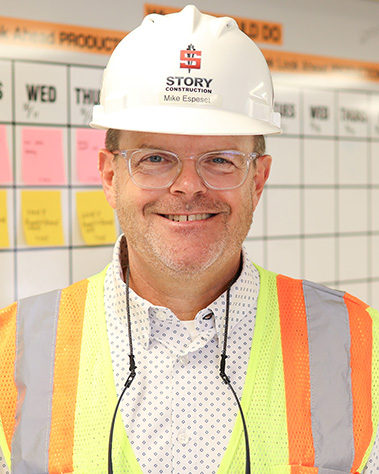I recently had the pleasure of hearing my friend Chick Herbert speak. I’ve known Chick since college and back then I suspected he’d amount to something. He did. Chick is an executive leader, speaker, coach, and has authored the book It Begs the Question. Following the speech, I texted him that while I’m not a big note-taker, I took several that night.
In that speech, Chick stated that leaders are responsible for understanding and optimizing the systems under their purview. Furthermore, all systems consist of five elements: people, processes, materials, technology, and environment. He challenged the group by asking whether they spend more time working in the system or on the system. Chick put context to this question that really hit me. Both are necessary – in and on. Leaders need to have the ability to elevate their altitude (zoom out) to be able to work on the system and not just in it. The elasticity to move from in to on and back in a single setting is a leader’s super power. The more adept someone is at adjusting their altitude, the better they’re able to gain different perspectives and refocus priorities and energy strategically. Range and elevation are the hallmarks of leadership potential and capacity.
Chick coaches people in discerning where they are and where they want to be in their leadership journey using questions and conversation. High quality questions lead to discovery and reflection of the current condition, goals, and next steps for an individual. I have witnessed the power in this approach. Chick believes that we are over-trained and under-coached. Read that one more time. Attending training allows one to acquire new knowledge, but leaders must coach their employees to ensure that new knowledge is applied. The story he shared was one of a person’s need to increase their altitude in a situation to get a different perspective. My mental model of this is a drone. Working in the system is working at ground level and from that perspective. Working on the system is like viewing it from a drone, observing it from different altitudes and angles. Done well, it improves the business and working it it for many to follow.
Chick also has a leadership business matrix of capable and willing. Not all leaders are really capable and willing to work on the business at altitude. This is simply a recognition that those that are capable and willing are leaders best suited to strategically move things forward. The most effective leaders I observe and follow are those that are able to elevate their perspective to maximize the energy of the team with that skill set.
We all know co-workers, business colleagues, family members, and friends that lead or desire to lead. They want to take the next steps in their career to grow. They observe those around them and believe, “I can do that too,” or, “I can do that better.” Coaching them to find their range to work in and on the system by finding altitude is critical. It gives them an ability to see and focus energy from a new perspective. In leading today, our teams and people need all the help they can get.


Mike Espeset
President
